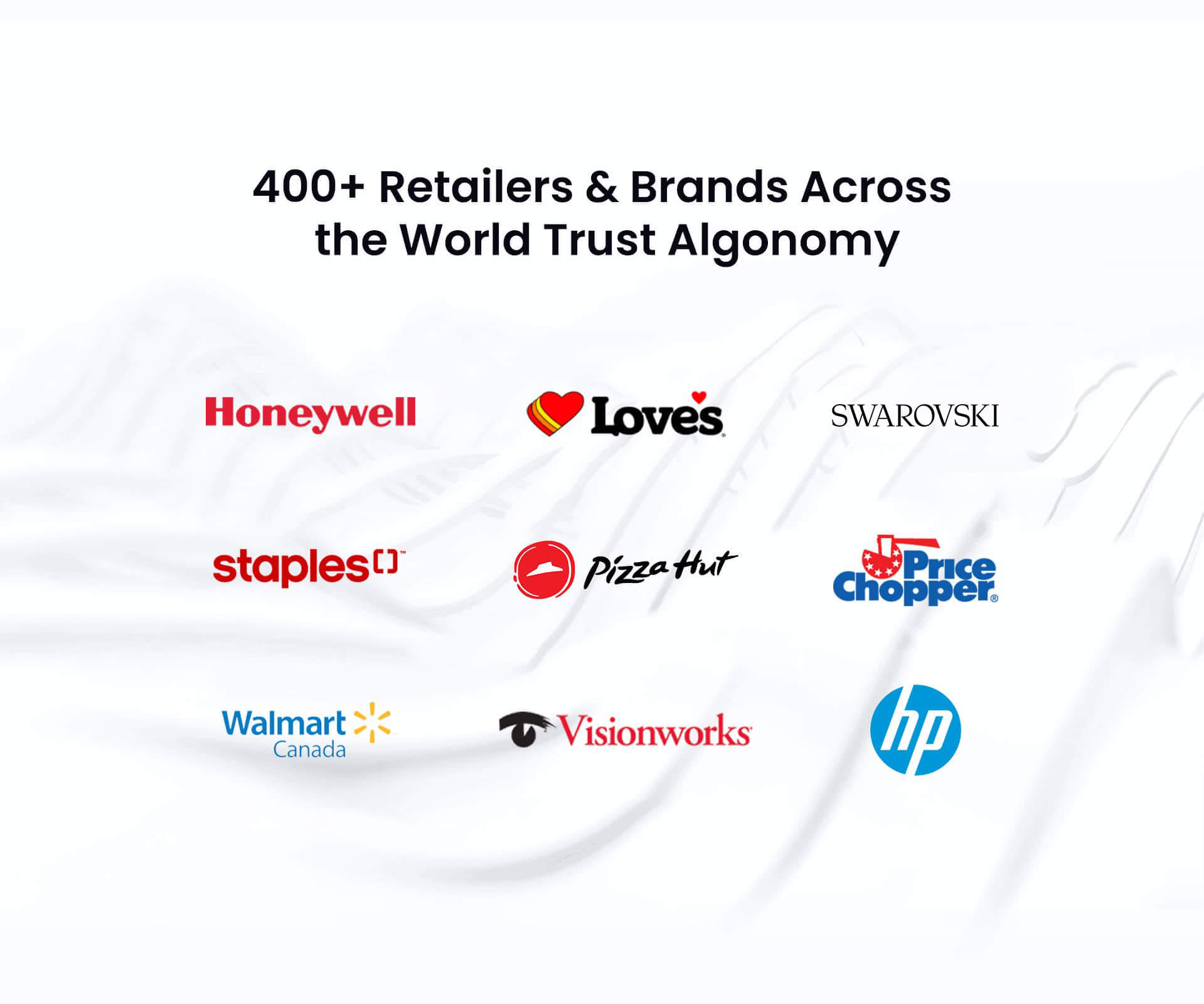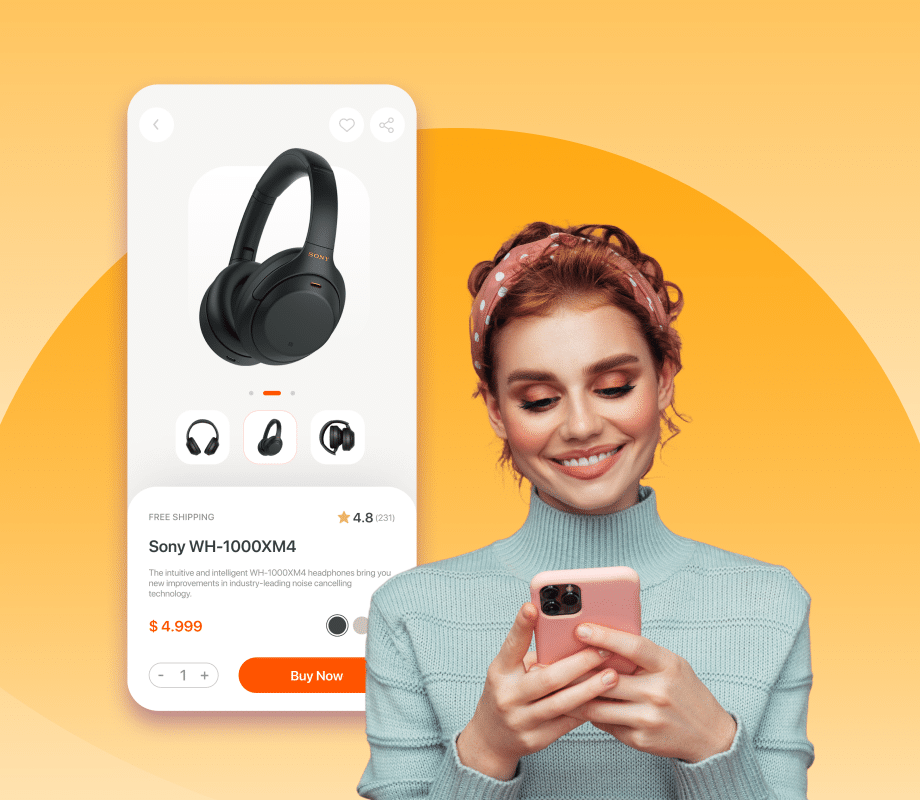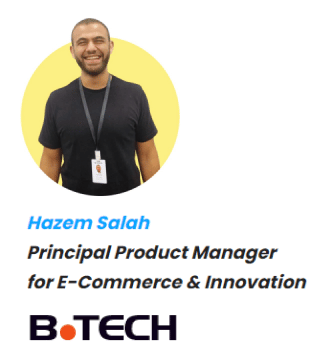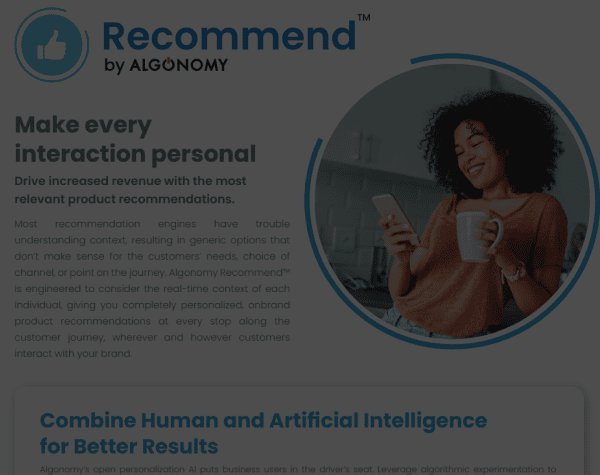Outcomes
attributable sales
(compared to 11% earlier)
attributable revenue
from cross-sell
(revenue per 1000 views)
from cross-sell compared
to recommendations avg
on cart page compared to recommendations avg
Overview B.TECH is the number 1 consumer electronics retailer in Egypt with over 100 stores and a growing online presence. Revenue from eCommerce saw significant growth in 2020 as consumers were home bound and relied on gadgets and electronics for not just professionally, but also for social and entertainment needs. In addition, the country’s growing purchasing power promises continued growth for the electronics industry, even as financing and monthly payments are popular with shoppers.
The retailer recognized the need to aid product discovery and help online shoppers deeply explore the product catalogue to make an informed buying decision. Electronics buyers want to compare product models, dive into the key features, explore related accessories, and they often make multiple visits before making a purchase.
B.TECH wanted to address these customer journey needs seamlessly with personalization and deployed Algonomy Recommend across their homepage, category pages, search results/no-results pages, item pages, add-to-cart and cart pages.

The electronics category pages start with ‘Top 10 best sellers’, helping shoppers to quickly start exploration, as they are likely to be open to suggestions early on. This merchandised placement also works well for cold start scenarios, i.e., for new shoppers that don’t have much behavioral data or known preferences.
B.TECH’s Commerce Personalization In Action
Item Page
As the shopper navigates to a specific item page, they are assisted with a placement ‘Compare with similar items’ that helps them evaluate other products. Here they can easily see all item specs without having to jump back and forth between pages, and can either navigate to the item page or add the chosen item to cart directly. This placement leverages Algonomy’s advanced merchandising that allows merchandisers to control recommendations using attributes such as brand, price range and compatibility. This enables upsell and cross-sell based on the seed product and without the need for extensive manual merchandising that is impractical for small teams.

“Shoppers like to compare products from different brands and evaluate different models to be certain they’re making a sound decision. It is a very involved journey, and by providing personalized similar product comparisons on the item page, we’re able to reduce mid-funnel drops and improve our conversions.”
Add to Cart Page
When a shopper decides on a product and adds it to the cart, they get highly relevant cross-sell recommendations for accessories compatible with the main product.
For a TV, for instance, they are reminded of the wall mount and home theatre system that they likely need. This strategy contributes to 5% of attributable revenue from cross-sell.

Cart Page
As the shopper progresses to the cart page, they are once again reminded of complementary products for their cart contents at the bottom of the page, allowing them to consider additional useful items without the experience being intrusive or pushy. The unique design also allows shoppers to switch between products in their cart and consider cross-sell recommendations for each of them separately.


“Products recommended on the cart page are akin to checkout counter displays in the store. The key difference, however, is that these can be much more tailored to your current cart contents. We can now show relevant, compatible accessories, products that are frequently bought together and this has contributed to 5% of revenue from cross-sell and 10X RPMV on the cart page. Our customers clearly value it, as they spend less time searching and are reminded of items they might’ve otherwise forgotten about.”
.
Addressing Abandonment and Returning Shoppers
To address cart and search abandonment and help returning shoppers resume their exploration, B.TECH has designed some specific placements using Algonomy pre-built strategies and real-time customer profile.
Three effective examples of these placements are as follows.
First is for shoppers who interact with the search bar. Since searchers have a strong intent and are more likely to convert, B.TECH leverages specific search terms used by an individual to generate personalized recommendations. For e.g. a search for ‘dishwasher’ and ‘dust bags’ is captured and used to surface relevant products in the same session.

Second, a clean homepage placement reminds returning shoppers of recently viewed products and products in cart, helping them resume their journey with ease and driving higher conversions.

In addition to personalized homepage placements shown above, the B.TECH business team retains control over merchandised placements showcasing seasonal promotions.
These could be products for specific occasions (e.g. Mother’s Day promotion), products with interest rate offers or even brands they’re promoting currently.
A third way to address abandonment is as follows – if a shopper empties their cart without making a purchase, instead of seeing a blank page, they immediately see alternatives based on their recent cart contents. This recommendation strategy for shoppers with clear intent contributes to the retailer now attaining 10X revenue per thousand views, powering their bottom of the funnel conversions.

“Optimizing for various abandonment scenarios is crucial to our commerce business because shoppers typically purchase only after multiple visits and doing their research. With Algonomy’s real-time customer profiles and AI decisioning, 1:1 personalization is a breeze – and we’re no more wasting opportunities but getting the most value from our visitors.”
In the future, B.TECH also plans to expand the personalized shopping experience to its 100+ retail stores and deliver on its vision of a customer-centric omnichannel experience.
Looking for a Personalization Platform to Drive eCommerce Growth?

 in Sweden from 7 - 8 October 2025. Pre-book a meeting to connect with our
product experts.
in Sweden from 7 - 8 October 2025. Pre-book a meeting to connect with our
product experts.






















